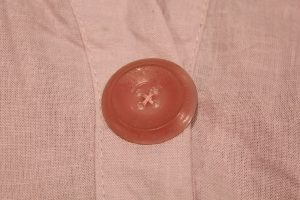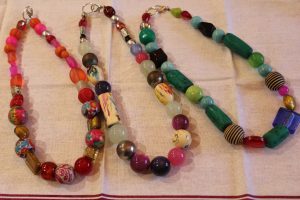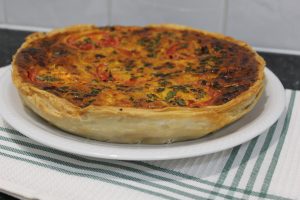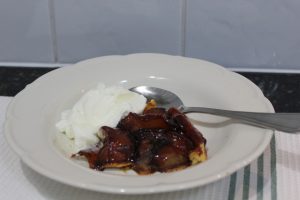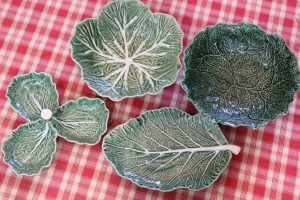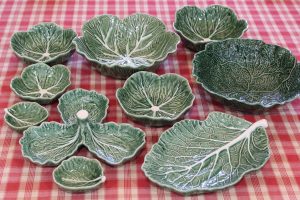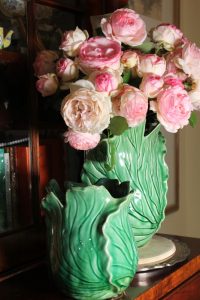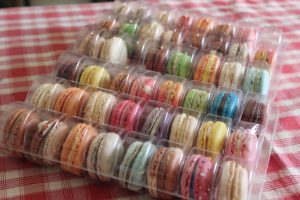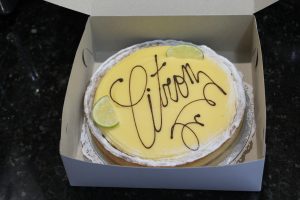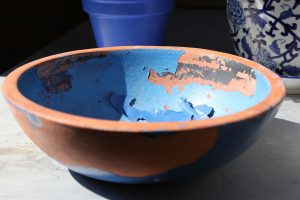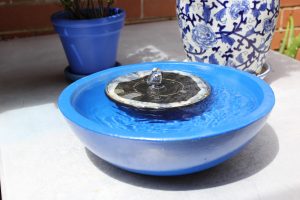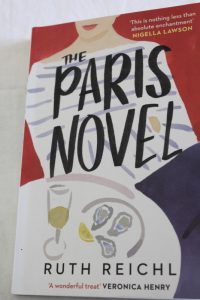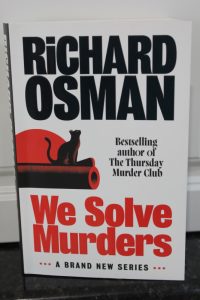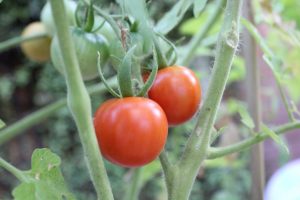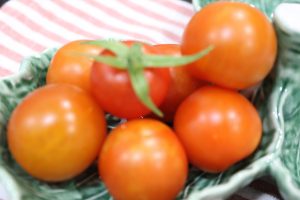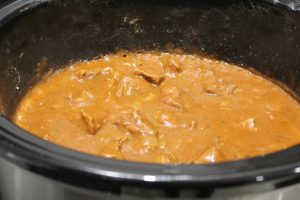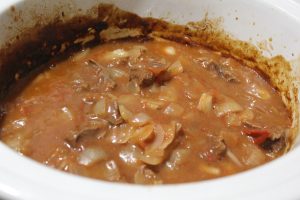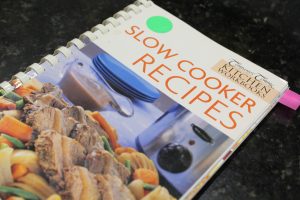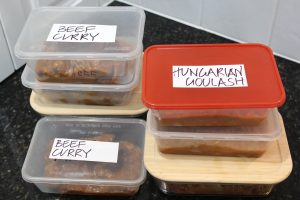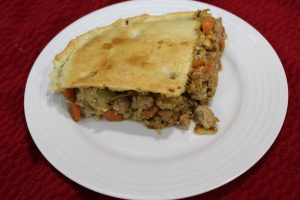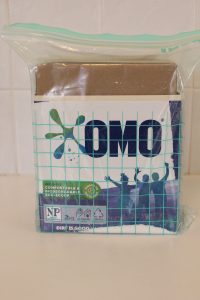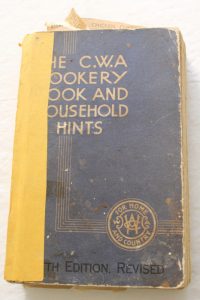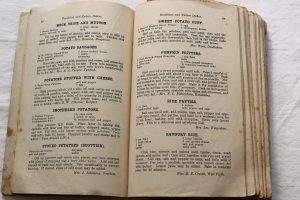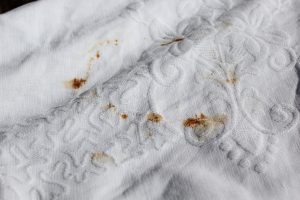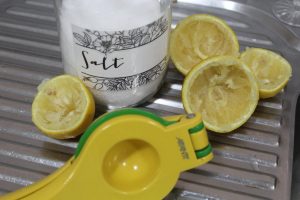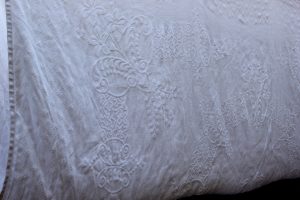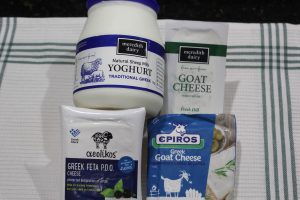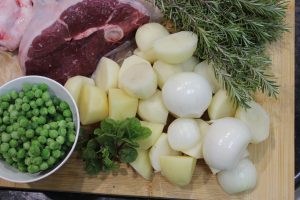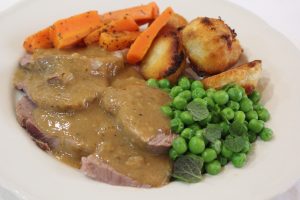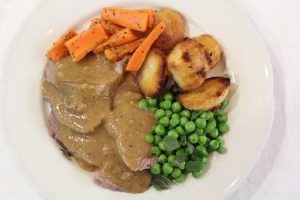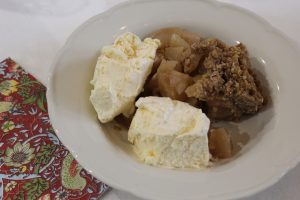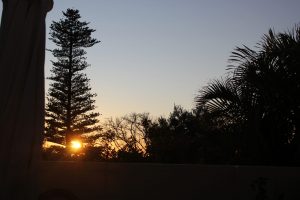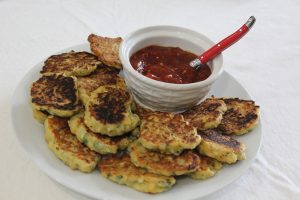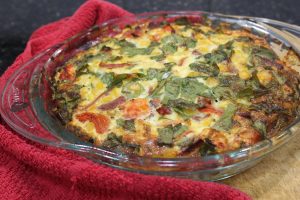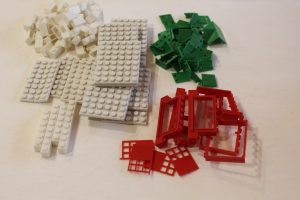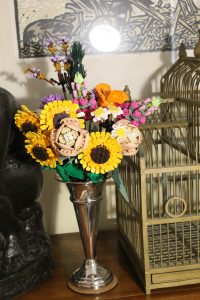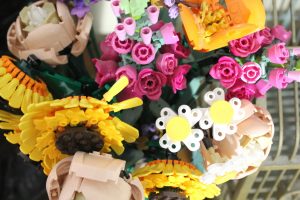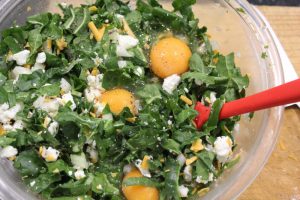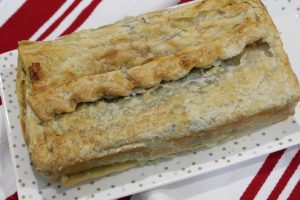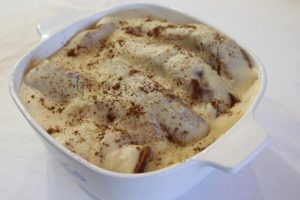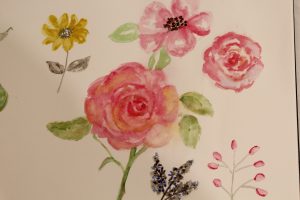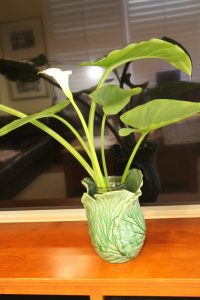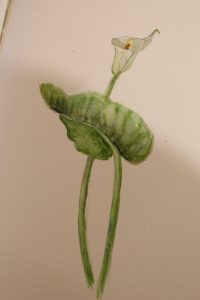EV Cars in australia
A report by McKinsey & Company, released in June 2024 summarised surveys from almost 37 000 consumers across 15 countries, concerning EV cars. For several years, interest in EV cars was high, but the above report indicated 49% of EV owners in Australia would like to switch back to diesel or petrol.


Image Pixabay
Globally, reasons for abandoning EVs included poor public charging infrastructure (35%), the high cost of ownership (34%) and the impact on long trips of no charging opportunities. (32%) Range anxiety is a big thing in Australia!
In the first half of 2024, according to The Australian Automobile’s Electric Vehicle Index, sales of petrol and diesel cars represented more than 75% of all cars sold. The article also mentions the surge in sales of hybrid electric vehicle sales. These vehicles have a battery which charges while the vehicle is running. Another limiting factor is the popularity of utes and SUVs in Australia. Passenger vehicles represent 15% of sales in Australia, SUVs account for 57.5% and light commercial vehicles, utes, dual cab utes and vans represent 22.9% of sales.


Image Pixabay
The RAC (Royal Automobile Club ) list consumer concerns about EV vehicles as too expensive (66%), poor access to charging infrastructure, range anxiety and concerns about the life of the battery. Interestingly, there is no mention of the difficulties in disposing of, or reusing any parts of the battery once it is exhausted. Neither is the extraordinary high cost of repairs to electric vehicles.
Based on an article published in the Horizon magazine, by the Royal Automobile Club of Western Australia, Summer edition 2025
household fires during summer
The same magazine has an article about household fires, not just in summer, but generally. When we had a light fitting hung by an electrician recently, we got him to check the smoke alarms upstairs and downstairs. They were over ten years old and needing replacing. He wrote the date of replacement inside the cover of each alarm. Apparently, an out of date smoke alarm can effect any insurance claim relating to fire damage.


Image Pixabay
This is a quick summary of the points raised in the article. The lack of cleaning of indoor and outdoor appliances and general maintenance can lead to increased fire risk. Second/party fridges stored in garages or sheds can over heat and ignite. Be aware that the coolants in newer fridges are more flammable than older models.
The biggest issue is lithium-ion-batteries. The number of fires linked to cheap batteries made in countries with poor quality control is increasing. The article suggests you never leave the battery charging overnight or while you are away from home, make sure you only use the cables and accessories recommended or supplied by the manufacturer, buy only batteries which meet Australian standards and avoid cheap replacements.


Image Pixabay
There is also a warning to avoid overloading powerboards and keeping unused points on the board free of dust as this can accumulate and become a fire hazard.
Interestingly, in researching EVs I found the majority of Chinese manufacturing of EVs rely on coal fired power.
and other things
This has been a very difficult year for my family. Moving our Mother into care and then her passing was very distressing. The last twelve months of traveling to visit her, helping her move and sorting out small problems in care required a four hour round trip. We tried to accommodate our own interests and activities but that wasn’t always possible.
When my parents moved from the farm to their new house they took so much stuff with them. I think my Mother thought she’d sort through the four generations of paperwork, photographs, tools, maps, sporting gear and furniture. Time ran out. Luckily she’d sent an enormous amount of historical records to various museums and collections all over Australia.
During the emptying of the shed (bigger than most country fire stations) other members of the family contacted local museums who took a lot of information and equipment. I still have boxes of photos to sort and get digitalized. I need the dining table for that, but with Christmas coming it has other things on it!
Eventually the shed, garage and house were emptied, with help from other family members. We are having a break from traveling down the Forrest Highway for a few weeks. Our son came down last weekend and we marveled at what have been achieved. We marked the end of an era with champagne and chocolate, because you should eat something if you’re drinking.


Our son has also taken care of our Christmas celebration needs, too.


I hope your Christmas plans, if you celebrate, are progressing well.




